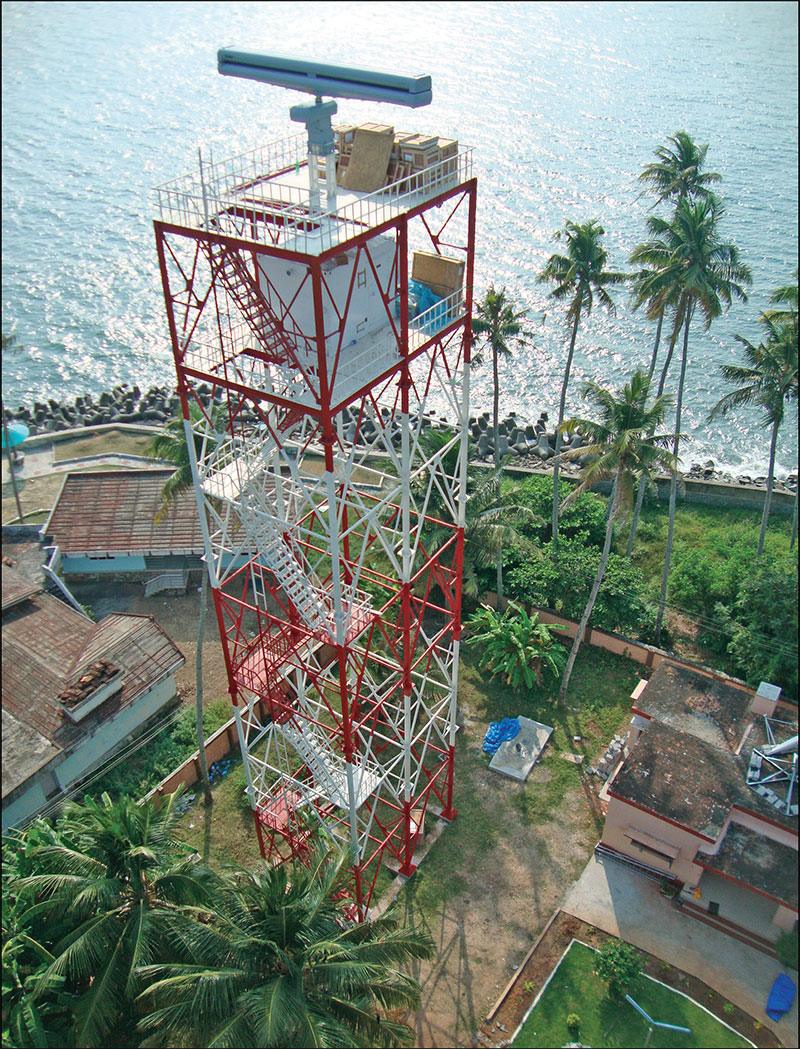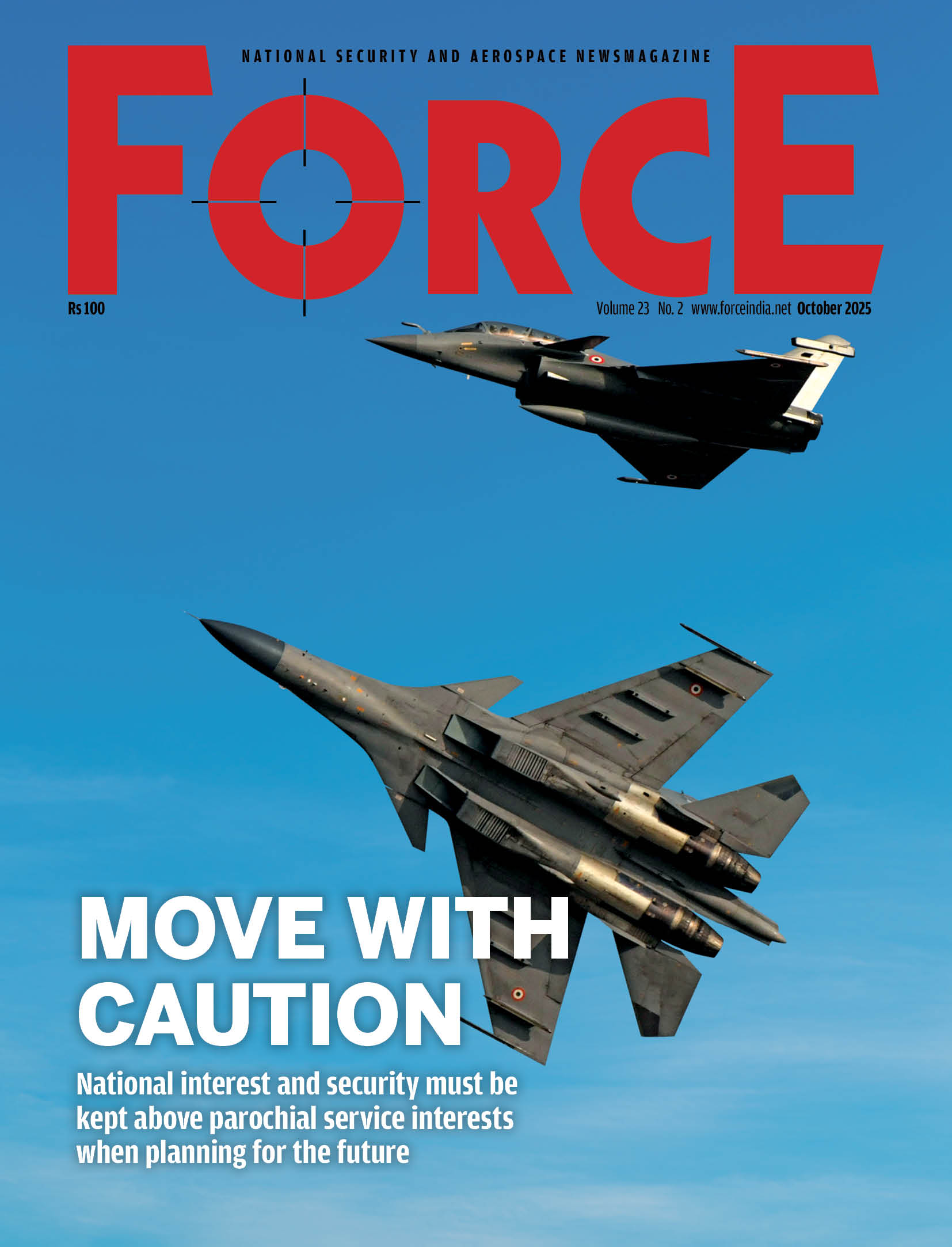Sea to Shore
Atul Kumar | New Delhi
Almost a decade after the 26/11 attack, the Indian Navy and Indian Coast Guard (ICG) took several initiatives to strengthen the coastal security and surveillance network around 7,516.6-km-long coastline traversing nine states and four union territories of India in pursuance of the ministry of defence-approved coastal surveillance network (CSN) project.

Remote operating station in Kochi setup by BEL
Envisaged in two phases, the CSN comprises a chain of radars along with other sensors to provide 24x7, effective and actionable intelligence along the Indian coastline and territorial waters.
The CSN features a series of exclusive surveillance gadgets such as Frequency Diversity Radar, Electro-Optic sensors having Charge Coupled Device (CCD) day camera, Low Light TV (LLTV) night camera, Long-Range thermal imagers, an Automatic Identification System (AIS), a distress alert transmission system (DATS) and meteorological sensors.
In Phase 1 of the CSN project, a total of 46 coastal surveillance radars and electro-optic sensors have been established — 36 on the mainland, six in the Lakshadweep islands and four in the Andaman & Nicobar Islands. Thirty eight additional radar stations with eight separate mobile surveillance systems worth around Rs 800 crore are being installed under CSN Phase 2. These will be integrated with two vessel traffic management system (VTMS) centres at the Gulf of Kutch and Gulf of Khambhat.
The whole system is being connected to NC3I (National Command Control Communication Intelligence) which operates under Information Management and Analysis Centre (IMAC), Gurugram. Bharat Electronics Limited’s (BEL) advance ‘data fusion’ method will help integrate this entire information mechanism. The information collected by the sensors will pass through a robust hierarchical network architecture that connects ICG’s district and regional headquarters to its headquarters at New Delhi. Data received from this network will be further supplemented with the AIS data and VTMS of the major ports, Fishing Vessels Monitoring System, Long Range Identification and Tracking (LRIT) and N3I of Indian Navy.
The Phase 2 is to provide effective and gapless electronic surveillance of Indian coastline. It is being executed by state-owned BEL, which also completed the setup and integration of Phase 1. BEL has installed 12 remote operating stations that control all 46 sensors under Phase 1.
The coastal surveillance radar is the key element of the CSN system. It is capable of detecting sub-20-metre vessels such as dinghies and fishing boats in heavy sea traffic in all-weather conditions.
Coastal surveillance radars basically operate in X-band which are very precise and give good target resolution. The CSR can easily be adapted to S-band from X-band during unfavourable weather conditions. In S-band mode, the radar’s range is slightly affected. Frequency diversity is used in the X-band radar to de-correla
Subscribe To Force
Fuel Fearless Journalism with Your Yearly Subscription
SUBSCRIBE NOW
We don’t tell you how to do your job…
But we put the environment in which you do your job in perspective, so that when you step out you do so with the complete picture.







